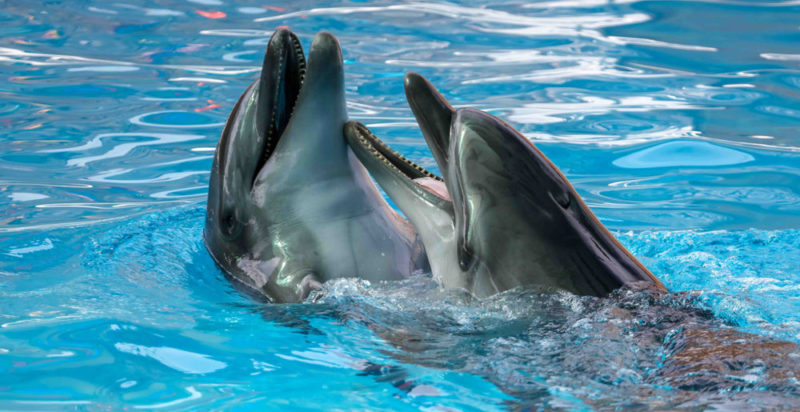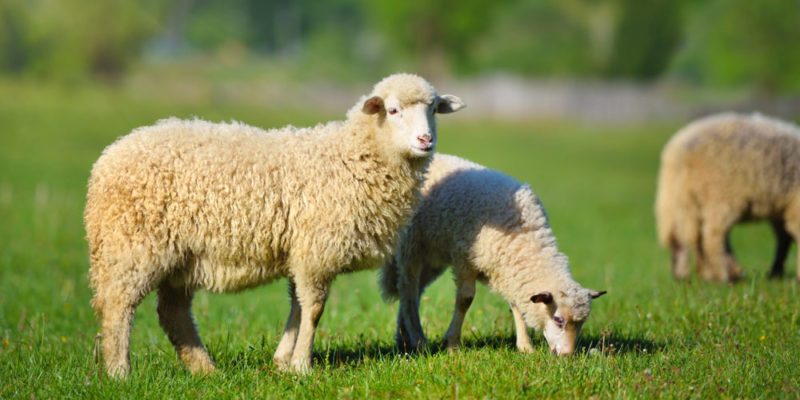We explain what mammals are, in what habitat they are found and what their structure is like. In addition, its characteristics, reproduction and more.
What are mammals?
Mammals are a class of vertebrate animals that possess milk-producing mammary glands to feed their young . There are about 5,487 species of mammals, of which 5,209 are placental mammals, 272 are marsupials and 5 are monotremes.
Mammalian species tend to take care of their young after they are born long enough for them to be able to fend for themselves, although the time of parental care varies from species to species.
Mammals are homeothermic, that is, "warm-blooded" animals that can self-regulate their body temperature and keep it constant regardless of the temperature of the environment.
Characteristics of mammals :
Habitat
Mammals inhabit all kinds of habitats along the earth's surface , from plains, forests, and mountains to rainforests , deserts, and polar regions.
-
Homeotherms
 Mammals are homeothermic, that is, "warm-blooded" animals that can self-regulate their body temperature and keep it constant regardless of the temperature of the environment. All mammals have a complete, closed, double circulatory system , with a heart divided into four chambers.
Mammals are homeothermic, that is, "warm-blooded" animals that can self-regulate their body temperature and keep it constant regardless of the temperature of the environment. All mammals have a complete, closed, double circulatory system , with a heart divided into four chambers.
Viviparous
The vast majority of mammals are viviparous animals, that is, after fertilization, the embryo develops inside the female's womb , where it receives food and oxygen until the moment of delivery.
The only exceptions are monotremes (the platypus and echidna) , which lay eggs, and marsupials, whose young do not develop in a placenta and must continue to develop in an outer pouch on the female's body at birth.
-
Lung breathing
 Mammals breathe oxygen thanks to two lungs located in the thoracic cavity . In the case of aquatic mammals (such as dolphins and whales ), animals can submerge for long periods of time but must necessarily surface to breathe, since they can only capture oxygen from the air and not from the water (such as make the fish ).
Mammals breathe oxygen thanks to two lungs located in the thoracic cavity . In the case of aquatic mammals (such as dolphins and whales ), animals can submerge for long periods of time but must necessarily surface to breathe, since they can only capture oxygen from the air and not from the water (such as make the fish ).
Bone structure
All mammals have a bony structure made of bone (skeleton) that ends in a skull at the front end , where the brain is housed , and with a spinal column within which is the spinal cord .
-
Advanced nervous system
Anatomy

All mammals have certain common anatomical and physiological characteristics, such as having a single dental bone contained in the jaw ; a joint between the jaw and the skull; and an auditory system made up of three bones (hammer, anvil, and stirrup). The vast majority of mammals have hair, lips, and teeth.
-
Extremities
In the cases of aquatic mammals (seals, killer whales) the limbs end in hydrodynamic fins , while in flying mammals (bats) they end in membranous wings. Giraffes have evolved over the ages, lengthening their necks to reach the leaves of tall plants , with which they ensure food .
Excretory system separate from the genital

Mammals do not have a cloaca (like birds ), since the excretory system is separate from the genital tract. In addition, all mammals have a membrane called the diaphragm that separates the digestive from the respiratory system .
-
Parental care
The above content published at Collaborative Research Group is for informational and educational purposes only and has been developed by referring reliable sources and recommendations from experts. We do not have any contact with official entities nor do we intend to replace the information that they emit.
MA student of the TransAtlantic Masters program at UNC-Chapel Hill. Political Science with a focus on European Studies. Expressed ideas are open to revision. He not only covers Technical articles but also has skills in the fields of SEO, graphics, web development and coding. .
Leave a reply
Your email address will not be published. Required fields are marked *Recent post

Sport: What Is It, Types, Risks, Features, Characteristics and Examples

Dogs: Emergence, Features, Characteristics, Feeding and Breeds

Story: Definition, Elements, Structure, Features and Characteristics

